Did you see October 14th’s solar eclipse? Most of the time we can easily forget that we are on a planet spinning and orbiting in space with other celestial bodies. Watching the Moon move across the face of the Sun reminds us of our place in the solar system.
Several NASA science teams and many NASA volunteers used the October 14 eclipse to collect data and test observation protocols, software, hardware, and logistics. They met enthusiastic crowds of people taking in the spectacle and making unique observations. The October eclipse was an “annular” eclipse, meaning that some sunlight always leaked around the edges of the moon. The next solar eclipse, on April 8, 2024, will be a total eclipse. Total eclipses are rare scientific opportunities, so NASA teams used the October eclipse to practice and prepare for the upcoming April eclipse.
In New Mexico, the annual Albuquerque International Balloon Fiesta rolled right into an Annular Eclipse event! An estimated 100,000 people took in the view of the annular eclipse of the Sun from Albuquerque, which was directly on the path where the eclipse reached its maximum – the path of annularity.
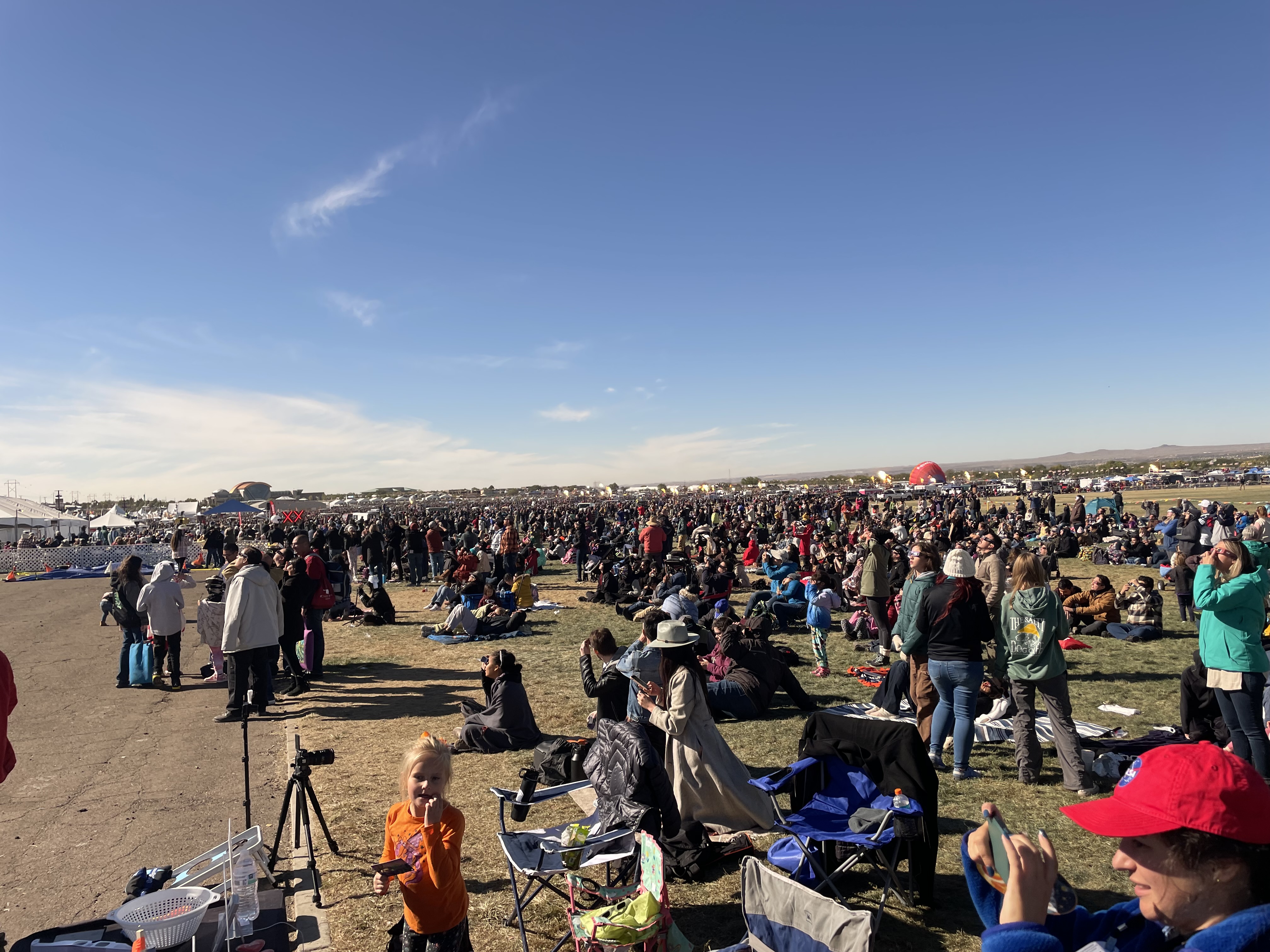
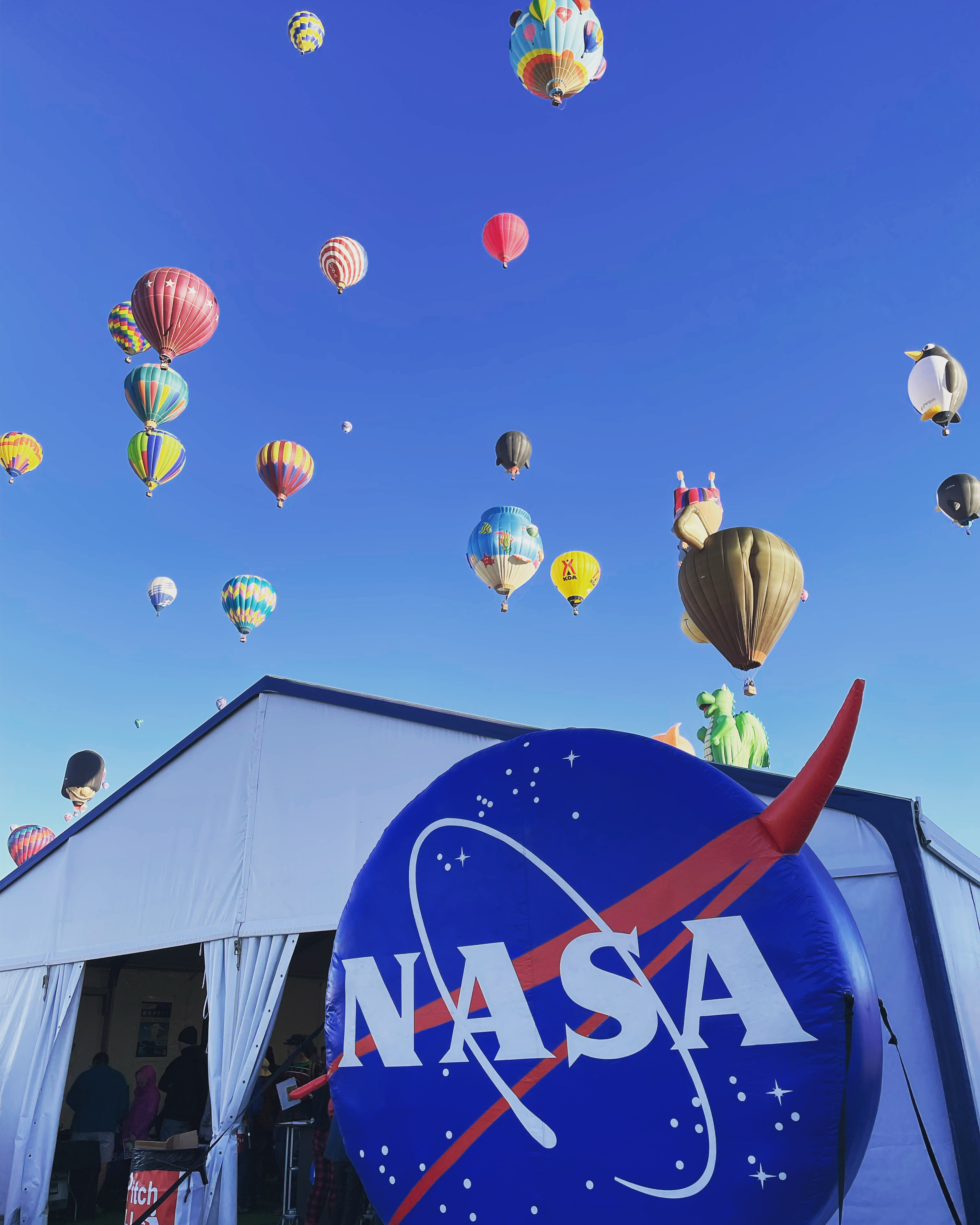
Elsewhere in New Mexico, the Eclipse Soundscapes team gathered in the Randall Davey Audubon Center & Sanctuary in Sante Fe. The project team deployed eight AudioMoth recording devices the day before the eclipse and retrieved them the day after the eclipse to support research on whether or not eclipses affect life - and sounds - on Earth.
They also recruited staff and visitors to the nearby Valles Caldera National Preserve to participate in Eclipse Soundscapes as Observers. Many folks used the prompting worksheets - and eclipse glasses - provided by Eclipse Soundscapes to record and report their multisensory experience of the eclipse.
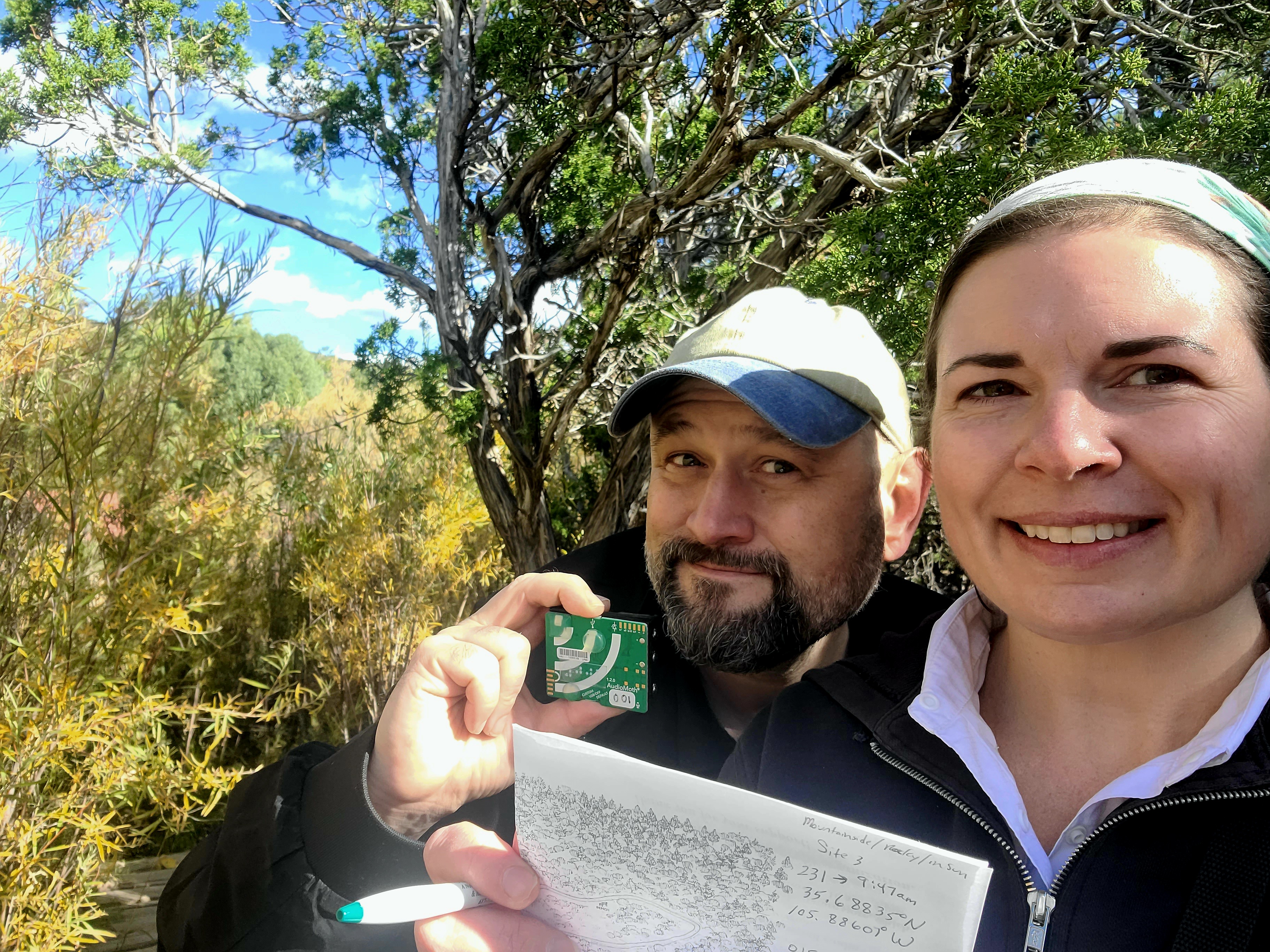
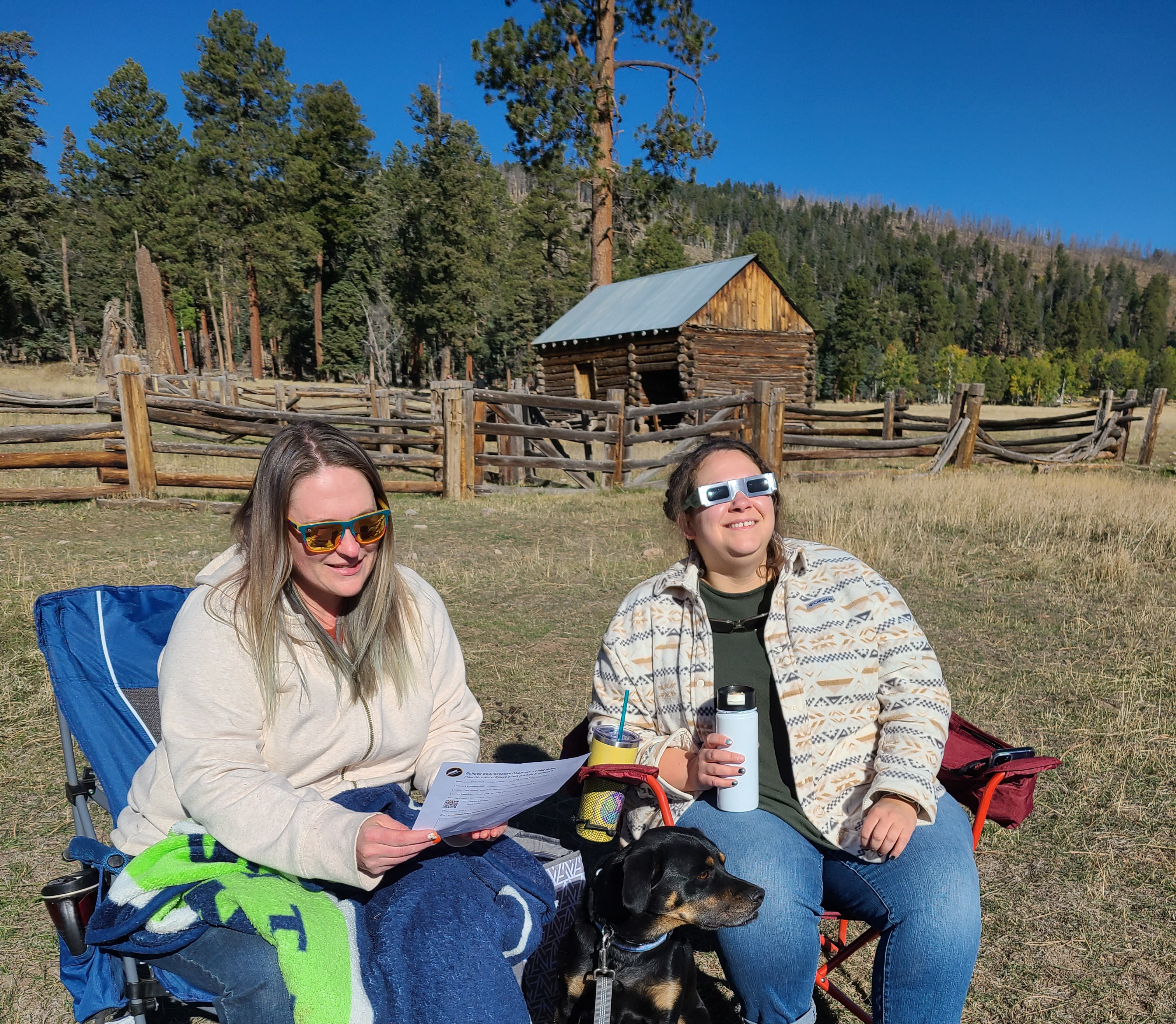
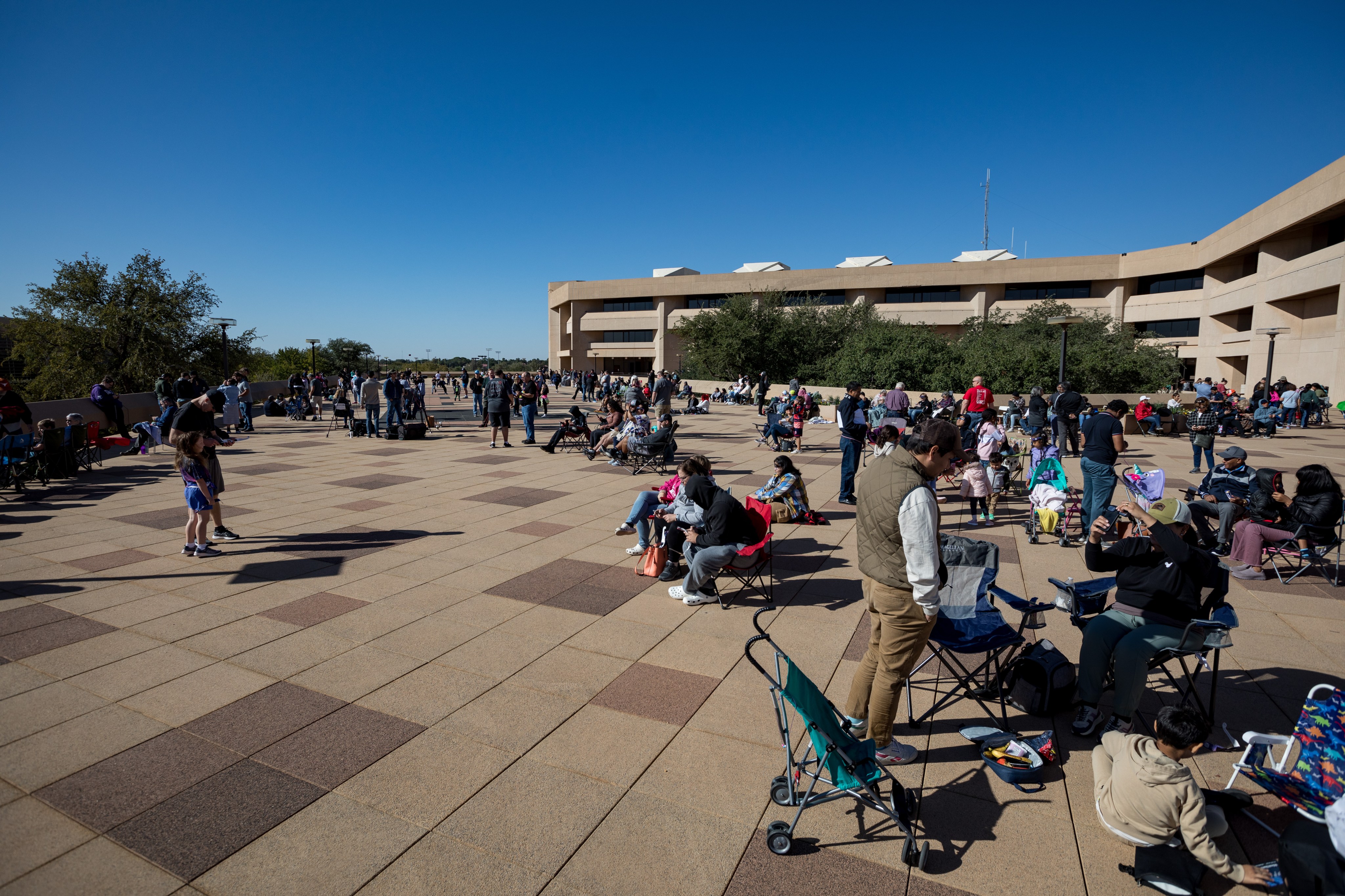
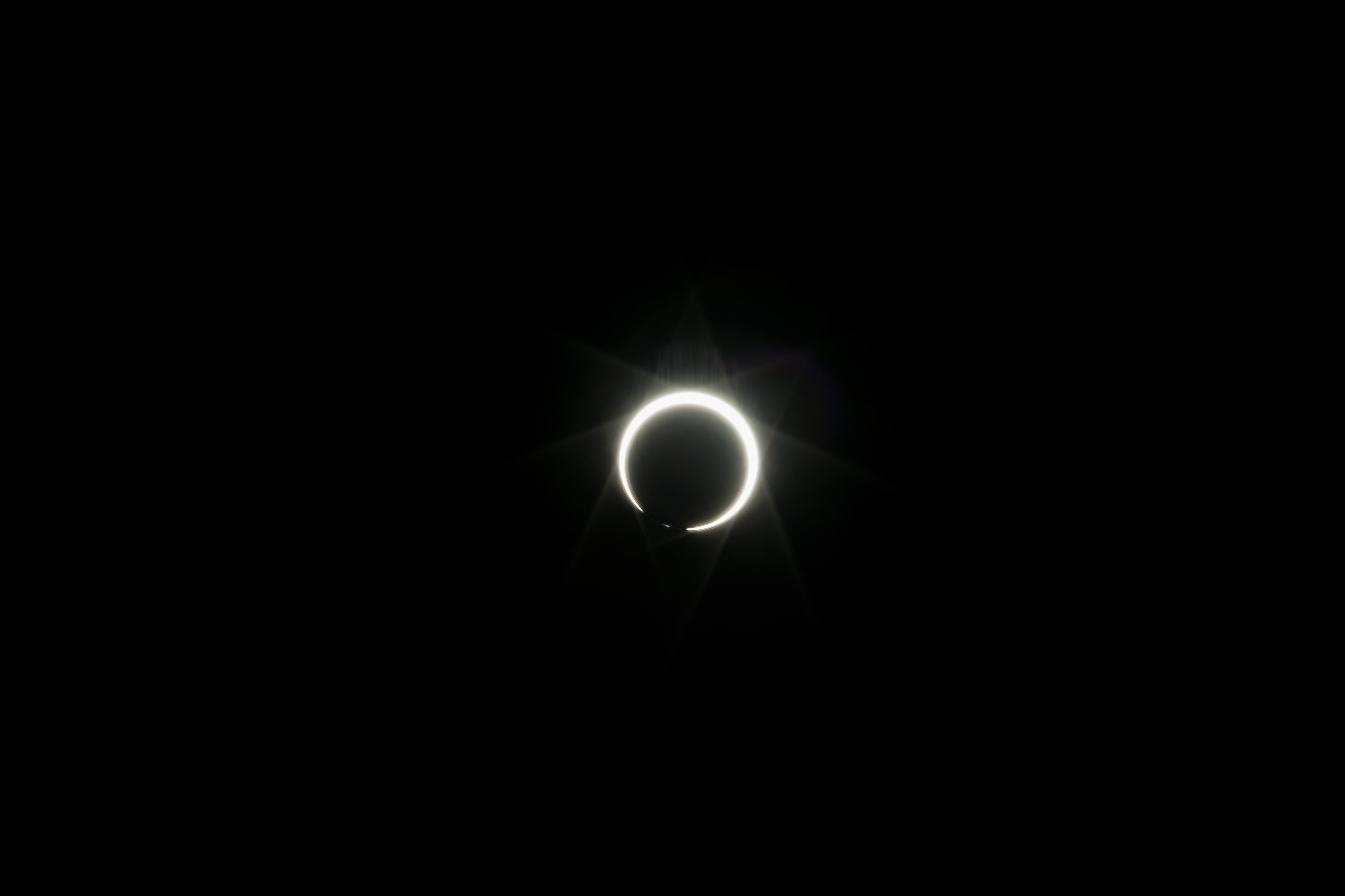
The Dynamic Eclipse Broadcasting Initiative was also on the move. Project leader Bob Baer, student Nathan Culli, and collaborator Mike Kentrianakis gathered in Midland, TX, for a good view of the annular eclipse. They tested their set-up and managed to successfully broadcast their telescope view from sunny Texas back to their home institution of Southern Illinois University in cloudy Carbondale.
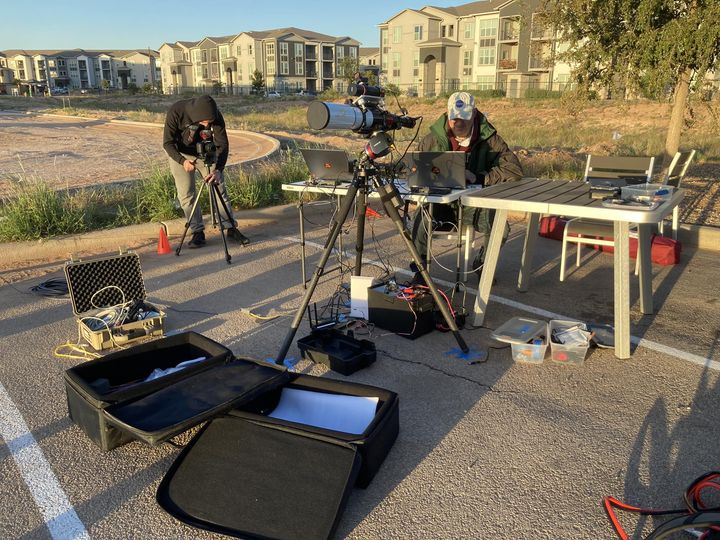
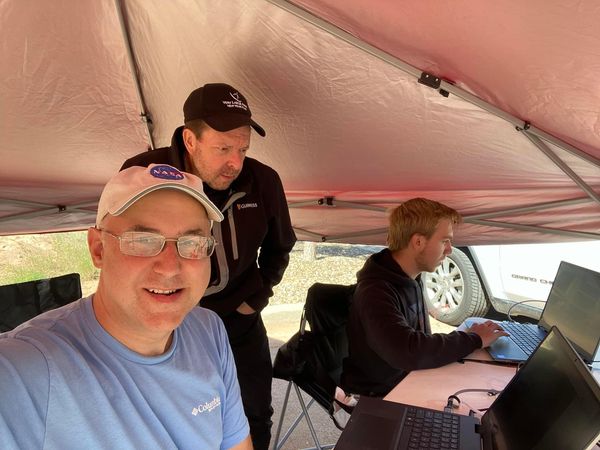
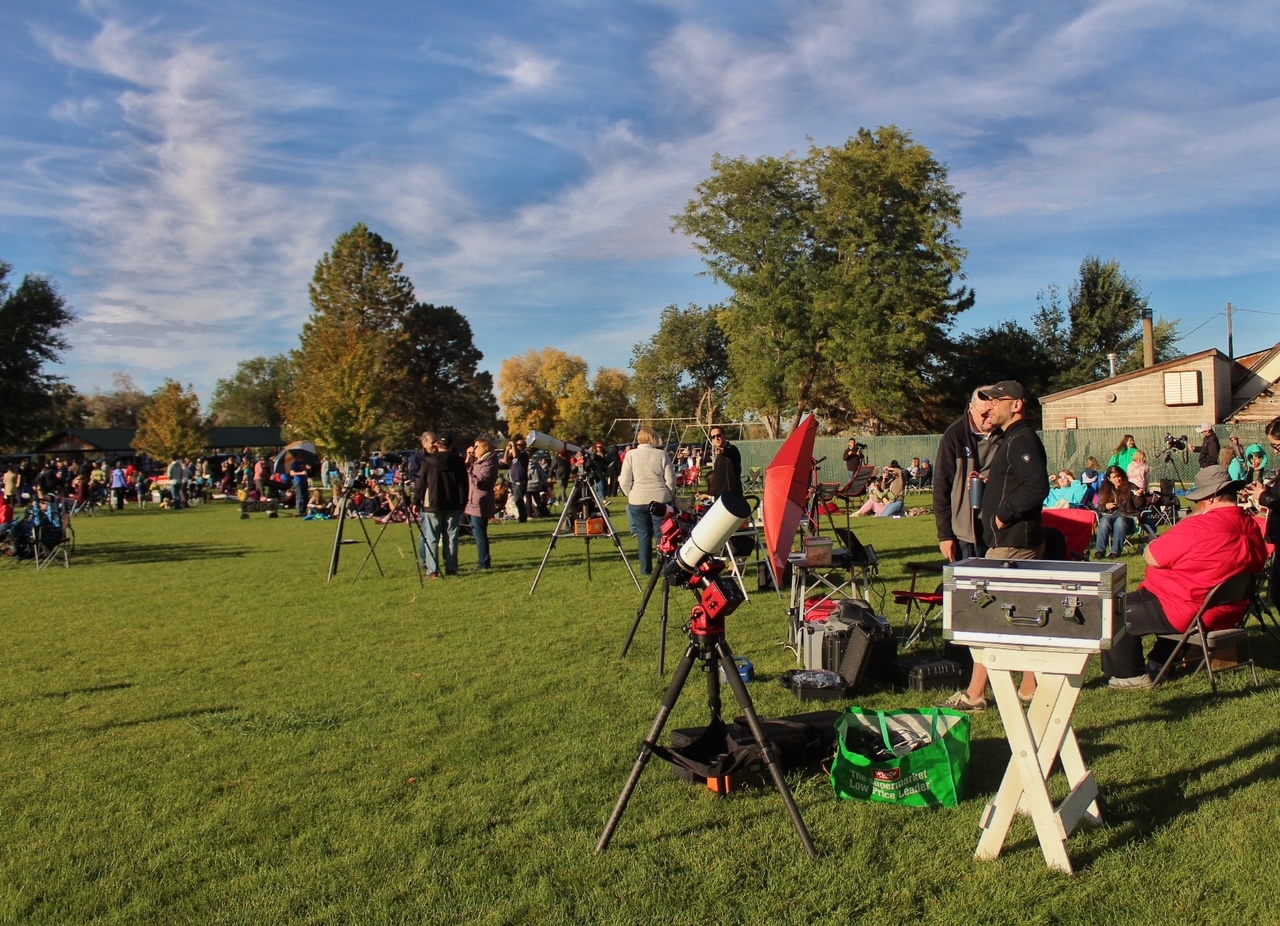
All in all, the day was a great success! On to April 8, 2024 and the total eclipse!
More information:
Curious about the other eclipse science projects that you can join? Check out this website https://science.nasa.gov/heliophysics/programs/citizen-science/
and this cool video: https://twitter.com/i/status/1713910355842257261
Want to know more and keep up to date on all the Heliophysics Big Year events? Follow @NASASun on X.
Want another chance to see the October 14 annular eclipse? Check out the recording of NASA’s live stream of the eclipse at https://twitter.com/i/broadcasts/1zqKVqymlNPxB
Websites:
NASA’s Citizen Science Program:
Learn about NASA citizen science projects
Follow on X
Follow on Facebook
